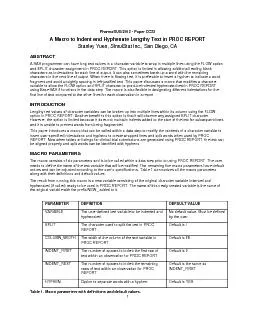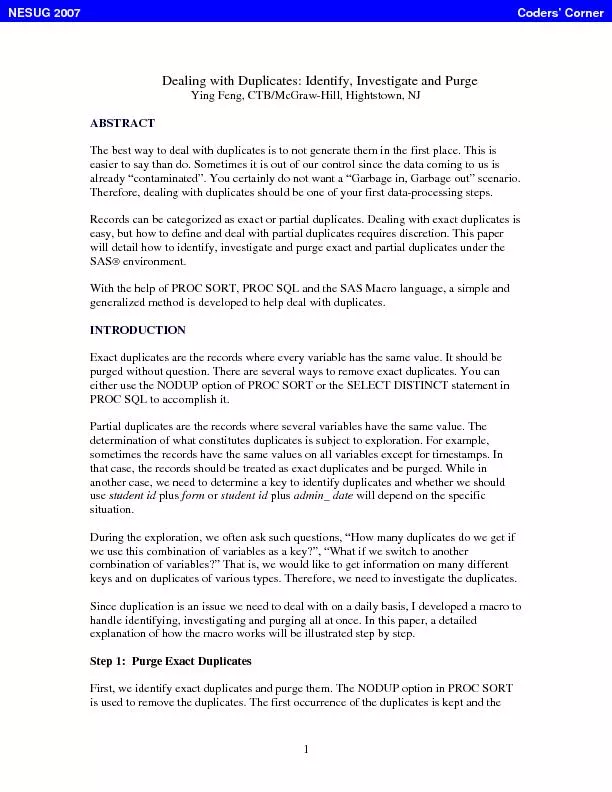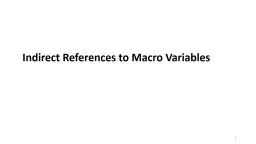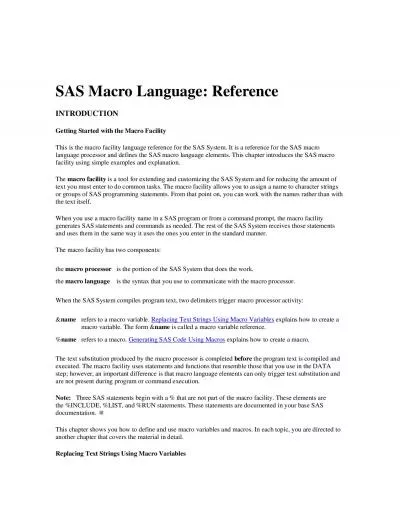PDF-A Macro to Indent and Hyphenate Lengthy Text in PROC REPORT
Author : kittie-lecroy | Published Date : 2015-08-10
1 PharmaSUG 2012 Paper CC22 Stanley Yuen SimulS tat Inc San Diego CA A BSTRACT A SAS programmer can have long text values in a character variable to wrap in
Presentation Embed Code
Download Presentation
Download Presentation The PPT/PDF document "A Macro to Indent and Hyphenate Lengthy ..." is the property of its rightful owner. Permission is granted to download and print the materials on this website for personal, non-commercial use only, and to display it on your personal computer provided you do not modify the materials and that you retain all copyright notices contained in the materials. By downloading content from our website, you accept the terms of this agreement.
A Macro to Indent and Hyphenate Lengthy Text in PROC REPORT: Transcript
Download Rules Of Document
"A Macro to Indent and Hyphenate Lengthy Text in PROC REPORT"The content belongs to its owner. You may download and print it for personal use, without modification, and keep all copyright notices. By downloading, you agree to these terms.
Related Documents














